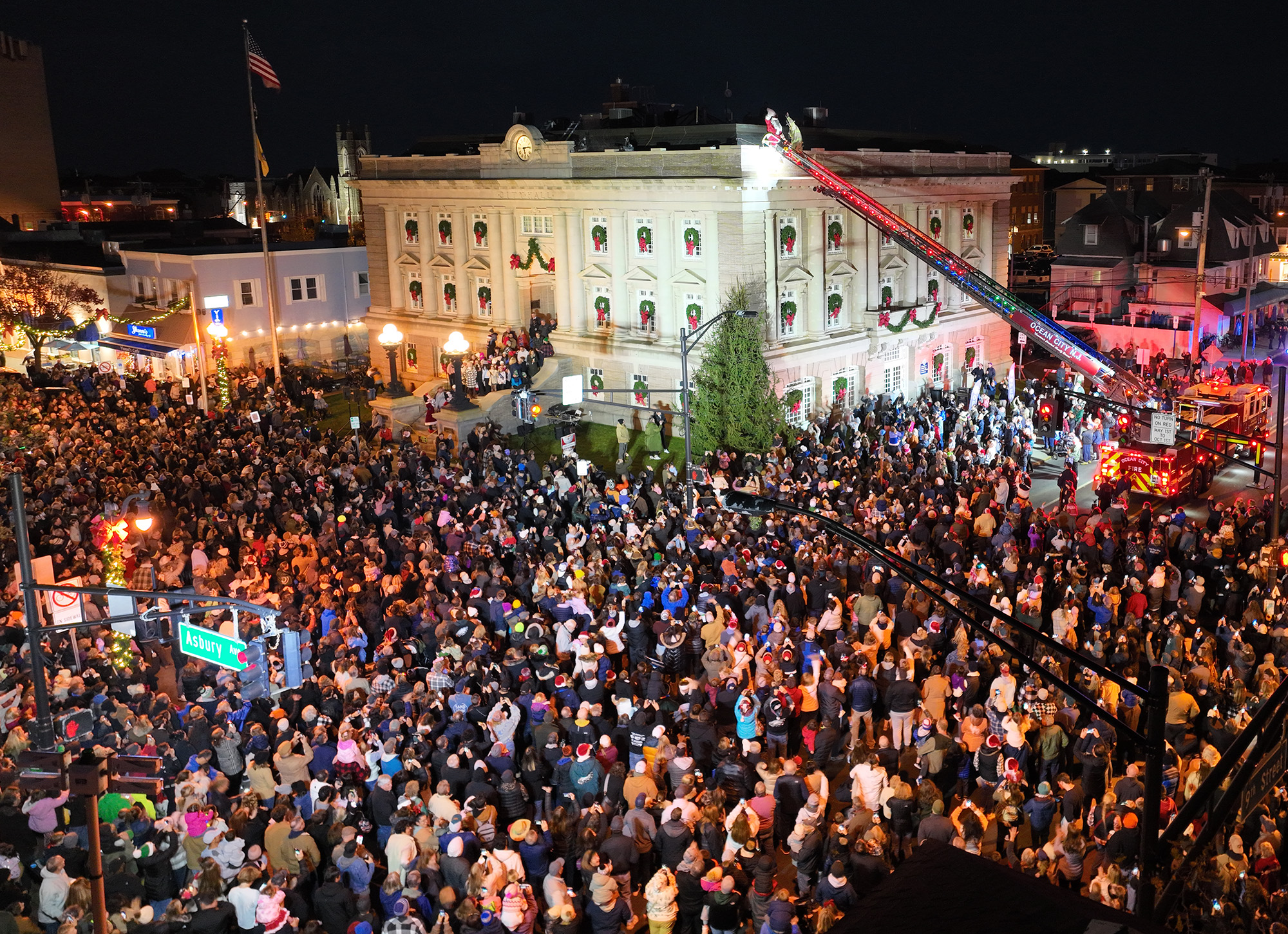Weather
By Dan Skeldon
Snow has been scarce to say the least in South Jersey this winter.
Cold has been pretty scant as well.
But something else is seemingly becoming more common each winter. And spring. And summer and fall too you could say.
Sure, it isn’t quite meteorological in nature. But certain atmospheric conditions can amplify its impact, rattling even more nerves in the process.
South Jersey has become the unofficial “Sonic Boom Capital” of the East Coast, and perhaps the United States. A mere google search for “sonic boom South Jersey” would certainly support that claim, as dozens of articles come up. Here’s just a few:
‘Boom’ in South Jersey caused by airplane and weather patterns
(1/13/2023) – Philadelphia Inquirer
Mystery of Sonic Booms Heard in South Jersey Solved
(1/28/2016) -NBC News
Did You Hear It? Loud Booms Echo Through South Jersey
(1/15/2022) -NBC10 Philadelphia
Most recently, Friday, January 13th 2023 was the unlucky day for those with ‘tremophobia’, or fear of earthquakes or other telluric movements. But these “earthquakes” have been going on for over a decade, perhaps longer. Some will swear they are becoming more frequent, which they could very well be. Of course, there is also a “boom” of social media threads, which help to document how widespread they can be felt, how intense they are, and how frequently they occur.
But before we continue, let’s first dispel the notion that they are actual earthquakes, which are defined as sudden and violent shaking of the ground as a result of movements within the earth’s crust or volcanic action. Of course, volcanic activity is easy to rule out.
But what about the more traditional shaking from shifting plates under the ground? While it’s true that minor earthquakes (under a magnitude 2.0 on the Richter Scale) do occur annually as many as 3-6 times per year in the Garden State, they are often too weak to be felt or reported. There are two notable exceptions in the last 100 years.
August 23, 2011: A magnitude 5.8 earthquake with an epicenter in central Virginia was widely felt throughout South Jersey, and there were reports of minor damage. Hurricane Irene struck a few days later.
September 5, 1944: A magnitude 5.8 earthquake was centered near Massena in Upstate New York and was felt as far south as South Jersey. Ironically, the Great Atlantic Hurricane of September of 1944 struck a few days later. (Just a coincidence, as there is no connection between quakes and hurricanes.)
There is one similarity though. Earthquakes, like hurricanes, never go undetected.The United States Geological Survey has a widespread network of seismographs throughout the country, and any earthquake strong enough to be felt (and even those that aren’t) will never go unmeasured and unreported. As a result, it’s very easy to confirm or deny whether any reported rumblings are seismic in nature and whether or not an earthquake is to blame. And at least in New Jersey, it’s almost always NOT an earthquake.
I say that confidently, but I should also explain that I am, as you know, a meteorologist, a scientist who studies the atmosphere and everything above the ground. There’s an entirely different branch of science that studies earthquakes and everything below the Earth’s surface, known as geologists. Yet most television stations don’t have resident geologists on staff. And perhaps simply because I have -ologist at the end of my title, I’ve spent hours on air after several significant earthquakes playing a geologist on television, as many look to meteorologists for an explanation. While far from a geological expert, I did take a few courses in geology in college, and never spoke about anything that I didn’t definitively know as a fact.
So then the question becomes “if it’s not an earthquake, what is it?”
That’s where the sonic boom comes in, the noise that results from any object that successfully manages to break the sound barrier. And it’s that noise, or boom, that causes houses to shake, dogs to bark, nerves to rattle, social media posts to explode, and questions to abound.
In our case, the guilty objects are military aircraft, fighter jets conducting drills over the Atlantic Ocean, just to our southeast in an area known as the test track, which parallels the coasts of Virginia, Maryland, and Delaware over the open waters of the Atlantic. When any of these jets are given permission to go supersonic, the sound barrier is broken and a sonic boom results.
Not every sonic boom is created equal and widely heard or felt. That’s where meteorology actually factors in. Normally, the warmest air in the atmosphere is located near the ground, and it gets colder the higher up in the sky you travel. But in rare instances, the reverse can be true, and the temperature will actually get warmer with height. Meteorologists call this a temperature inversion, and it can have several impacts. When an inversion is in place, pollution and smoke can get trapped, unable to rise, and cause air quality concerns. But it’s also this inversion that can help to reflect the sound from a sonic boom downward towards the ground, amplifying it in the process. Our most notable sonic booms have occurred when an inversion is firmly in place.
Temperature inversions aren’t always easy to forecast. Furthermore, they aren’t a part of any mainstream weather report. Couple that with the fact that the military doesn’t make their drills and activities publicly known (and for good reason), and the results are “surprise” sonic booms. Unfortunately, it’s something that will likely never be “forecasted”, and always come randomly, when military activity and ideal atmospheric conditions coincide.
While an earthquake is something most people understand and accept as fact, sonic booms are more enigmatic, and less widely accepted as an explanation. At least that’s what I’ve found from personal experience. In meteorology, the equivalent would be a tornado versus straight line winds. People have seen tornadoes. They respect tornadoes. They accept the explanation that a tornado caused this widespread damage. The same isn’t true when a less familiar term like straight line winds or a downburst, or before 2012, a derecho, is used.
But unless the military changes the location of its test track, or temperature inversions entirely disappear, sonic booms will likely be a sporadic reality here in South Jersey.
Even if snow this winter is not.
Meteorologist Dan Skeldon has a degree in meteorology from Cornell University. He has forecasted the weather in South Jersey for the last 18 years, first on the former television station NBC40 and then on Longport Media radio. Dan has earned the American Meteorological Society Seal of Approval for Broadcast Meteorologists, and now does television broadcasts on WFMZ-TV in Pennsylvania’s Lehigh Valley.










